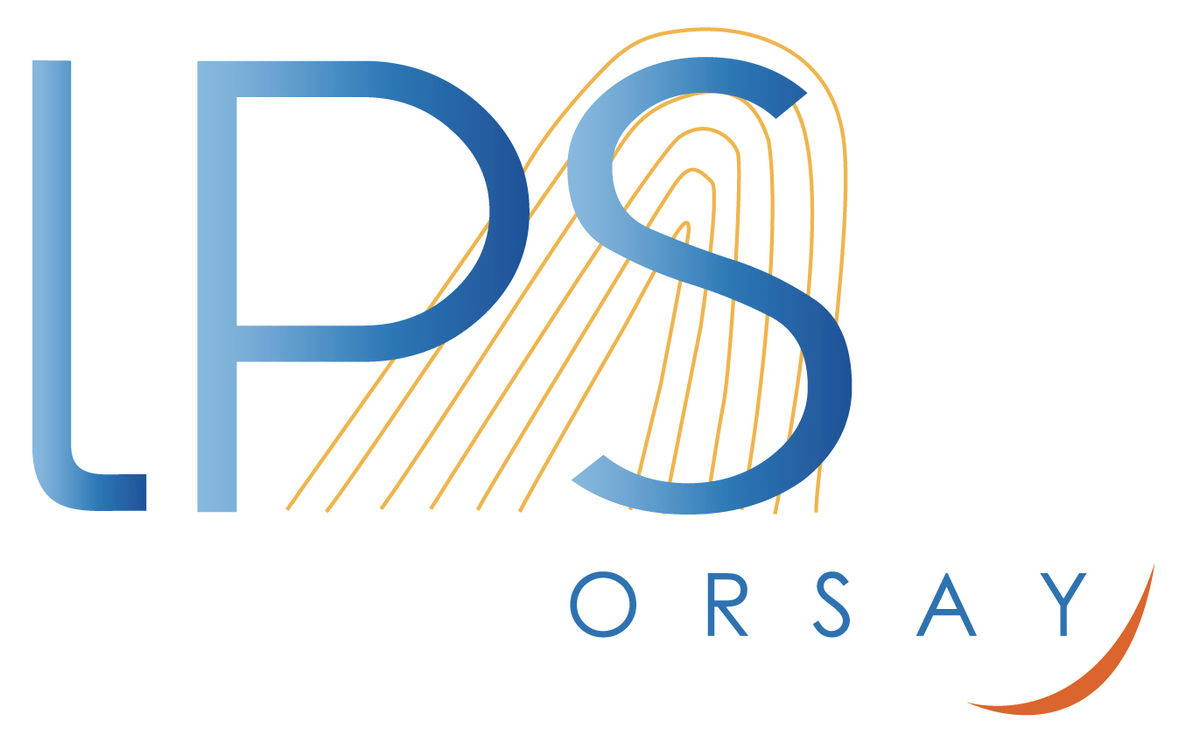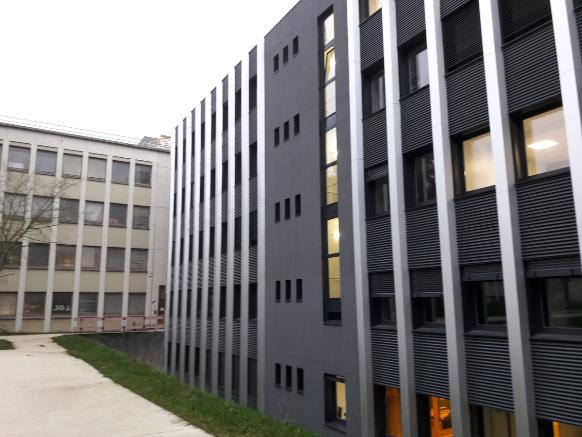
CNRS-LPS is a pioneer in Scanning Transmission Electron Microscopy (STEM), Electron Energy Loss Spectroscopy (EELS) and CL imaging. Its innovations include: the spectrum-imaging mode which now routinely provides atomically-resolved elemental maps, ultra-fast scanning unit, new optically-coupled CCD detectors of high efficiency and dynamic range, a photon spectrometer-detector coupling for high spatial resolution CL, and photon injection/detection system. Many of its developments have been transferred to other labs worldwide, among the ESTEEM network, and are usually made available rapidly to users. It also permanently develops methodological tools (data analysis based on multivariate data processing, ab initio modelling of electronic structures). Beyond expertise in EM-based imaging and spectroscopy, CNRS-LPS permanent staff have expertise in instrumentation, materials science, solid state physics, nanooptics, both experimentally and theoretically for which it has national (leader of the French EQUIPEX TEMPOS project, 13 M€, www.tempos.fr, several prizes incl. the French microscopy Castaing 2017 award and the French physical society Louis Ancel prize 2012) and international recognition (European microscopy society prize 2012, Alan Agar medal from the microscopical royal society 2015).

The CNRS-LPS has no specific sample preparation facilities that are usually available at TEM platforms (i.e. mechanical polishing, ion milling and FIB preparation, and will therefore not offer sample preparation access). Consequently, CNRS-LPS does not grant access to a sample preparation installation. Users of the LPS facilities generally provide their own samples. In case sample preparation is needed, it will be provided by another ESTEEM TA provider.
The CNRS-LPS offers access to a TEM and data analysis infrastructures.. The TEM infrastructure includes two STEMs dedicated to spatially-resolved imaging coupled with high and ultra-high energy-resolved spectroscopy, including monochromated EELS and STEM-cathodoluminescence (STEM-CL). The data analysis infrastructure focuses on hyperspectral analysis.
The modified NION-HERMES 200 “CHROMATEM”, working from 30 to 200 keV, is a world-wide unique combination of monochromated EELS (5 meV at 30 keV, 18 meV at 200 keV resolution demonstrated), STEM-CL, laser-injection capability, and side-entry stage with an ultra-stable liquid nitrogen sample holder and a temperature controller. The NION-USTEM 200, working from 60 to 200 keV and fitted with an ultrastable stage (less than 10 pm vibration noise) is dedicated to atomically resolved EELS. Both microscopes have in situ heating and biasing capabilities. They are fitted with home-made, ultra-fast and ultra-sensitive hyperspectral technologies for EELS and CL, including direct detection in EELS and patented high sensitivity STEM-CL detector. The CNRS-LPS is committed to TEM instrumental developments: almost every new development is made available to the users in the year following its test.
Data analysis is performed on up-to-date personal computers and in certain cases a cluster. The data analysis cluster includes a set of regular tools for electron microscopy (Digital Micrograph …) as well as very specific tools for spectral-imaging analysis, including the de facto standard HyperSpy (which development started at CNRS-LPS) and home-made scripts and software written in IGOR, python and Matlab.
Apart of fundamental and technological developments in STEM-EELS and STEM-CL, the areas of research of CNRS-LPS cover: nano-materials science and solid-state physics (with expertises in metallurgy, oxides, functional materials, spintronic and magnetic materials, semiconductors, interfaces, nanoparticles, heterostructured materials, Van der Walls materials), energy-related materials (nuclear, thermoelectricity, catalysis), optical materials (plasmonic nanoparticles, luminescent nanoparticles) and biomaterials (biomineralisation, bioimaging). Phonon spectroscopy will be a new field offered to users.
- How Transnational Access works?
- Request for access
-
Installations
- Access to StEM Stuttgart
- Access to ERC Juelich
- Access to CEMES Toulouse
- Access to LPS Orsay
- Access to EMAT Antwerp
- Access to OXTEM Oxford
- Access to WEMS Cambridge
- Access to K7 Ljubljana
- Access to FELMI-ZFE Graz
- Access to LMA Zaragoza
- Access to Advanced DME Cadiz
- Access to IC-EM Krakow
- Access to CMAL Chalmers
- Access to Gemini Centre Trondheim
- Access to Beyondnano EM lab Catania
